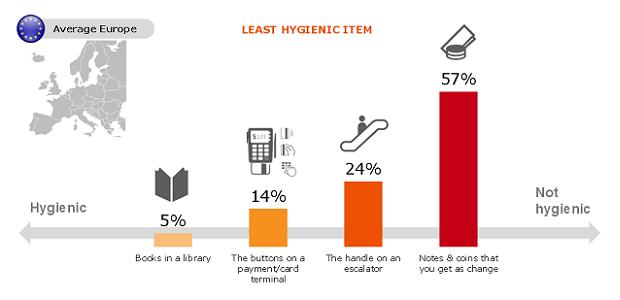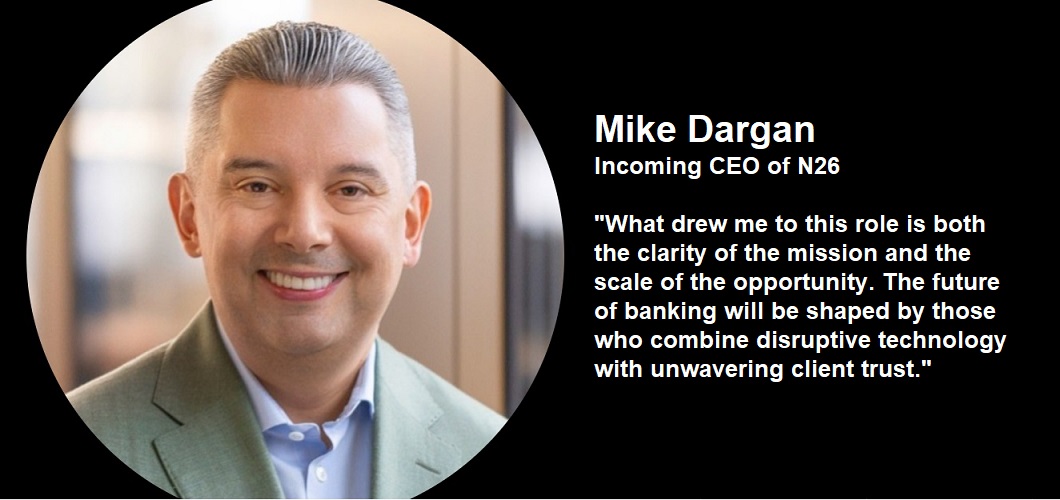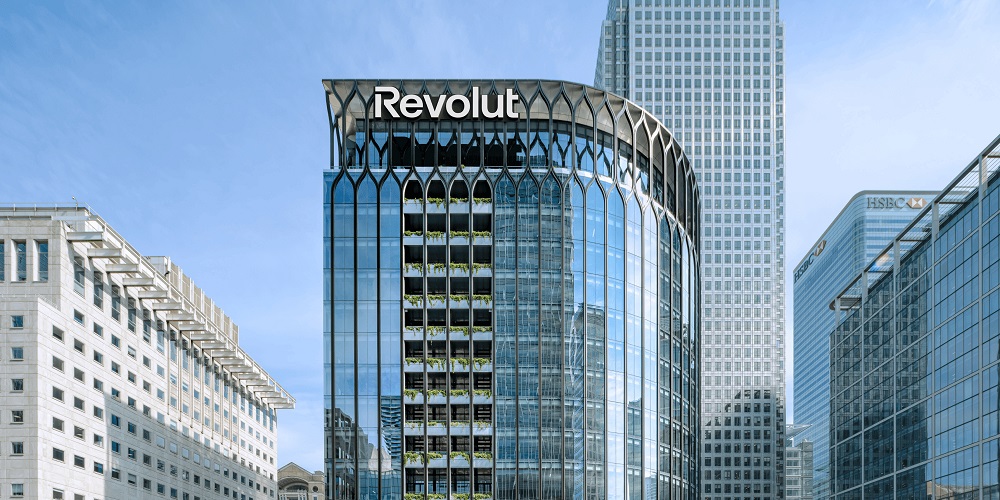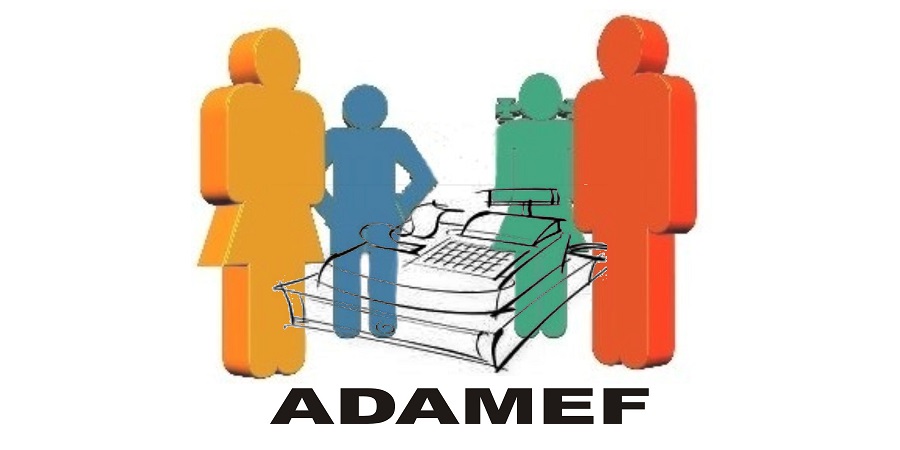Oxford University – European bank notes on average contain over 26,000 bacteria

In all European countries, cash is by far perceived as the least hygienic among several daily-used items. International payments association like MasterCard or Visa, would be happy for us all to believe that germs simply prefer cash to credit. But the problem isn’t dirty money, it’s dirty hands. And the solution isn’t necessary less cash. It’s rather more soap.
Buttons on a card terminal & handles of escalators are perceived as much more hygienic than cash. Independent research carried out by scientists at Oxford University reveals that European bank notes contain a number of pathogenic organisms that is sufficient for passing on infection.
Cash is always perceived as the least hygienic of everyday items, but perception varies from country to country. Italy is the country where this perception is the strongest (66%) while in Finland this perception is however not that strong (48%). In fact, in all European markets, apart from Finland, the majority perceives cash as often worn out and dirty.
New research from MasterCard shows that Europeans believe cash to be worn out, dirty and riddled with bacteria. 57% believe that bank notes and coins are the least hygienic item they come into contact ahead of even escalator handrails.
Independent research carried out by scientists at Oxford University reveals that European bank notes on average contain over 26,000 bacteria, with 2,400 bacteria found on the cleanest, newest currency.
Commenting on the state of the average bank note, Ian Thompson, Professor of Engineering Science at Oxford University, said: “Europeans’ perceptions of dirty cash are not without reason. The bank notes we tested harboured an average of 26,000 bacteria, which, for a number of pathogenic organisms is sufficient for passing on infection. Previous studies of bank notes have indicated contamination with potentially harmful bacteria such as Klebsiella[1] and Enterobacter[2] species which can cause disease in humans. Increasingly antibiotic resistant strains of bacteria are a threat, a point recently raised by Dame Sally Davies, chief medical officer of England. With banknotes passing between so many individuals there is merit in a wider study tracking the spread of resistant strains through movement of bank notes globally.”
 The perception findings were conclusive, with little difference in opinion across Europe. In all 15 European countries surveyed cash was perceived to be the least hygienic item of all – more so than escalator handrails, the buttons on a payment terminal and books in a library.
The perception findings were conclusive, with little difference in opinion across Europe. In all 15 European countries surveyed cash was perceived to be the least hygienic item of all – more so than escalator handrails, the buttons on a payment terminal and books in a library.
Gaetano Carboni, Global Products & Solutions Lead at MasterCard Europe added, “On top of the fact that all 15 countries picked cash as the dirtiest item in the list, 83% of Europeans believe that cash contains a lot of bacteria. It’s a commonly held view that relative to other daily objects, cash is by far the most dirty. For a significant amount of people it’s interesting to see a majority of Europeans prefer paying by card and find it a simpler, more straightforward way of paying. It’s now true to say that the majority also find it more hygienic.”
[1] Klebsiella is a bacterium that causes respiratory, urinary, and wound infections
[2] Enterobacter is a natural bacterium which occurs normally or pathogenically in intestines of humans and other animals, and which sometimes grow in plants
Update
MasterCard has kept up a running theme lately, pointing out the ills of filthy dirty lucre. What they’ve not uttered a peep about is the creeping crud on our credit and debit cards.
Coliform-covered cards
In a British study not touted by MasterCard, researchers from the London School of Hygiene and Tropical Medicine swabbed the hands, money and credit cards of 272 people in Birmingham, Liverpool and London.
When the swabs were cultured, researchers found that 8 percent of the cards were infested with fecal bacteria, compared with 6 percent of the bank notes. Dirtiest of all? Peoples’ hands, at 11 percent. In each case, there was „as much fecal bacteria on them as you would find in a dirty toilet bowl,” according to Huffington Post.
The European Cleaning Journal cited yet another study in which Dr. Ron Cutler, senior lecturer at the school of biological and chemical sciences at the University of London, analyzed 200 banknotes and 45 credit cards. He found that 47 percent of the credit cards sported high levels of bacteria — including E.coli and Staphylococcus aureus — as opposed to 26 percent of the banknotes.
In a grant-based study cited by CreditCards.com microbiology students at Florida’s St. Petersburg College found that half of all credit cards sampled at local malls, stores and hospitals tested positive for methicillin-resistant Staphylococcus aureus, better known as MRSA. Full disclosure: Six in 10 dollar bills tested also contained traces of MRSA.
Mobile microbes
Before mobile payment enthusiasts get all exercised about how these studies make a toilet-watertight case for contactless NFC, it should be mentioned that the London School of Hygiene found as much fecal bacteria infestation on mobile phones as they did on currency, (though still less than on credit cards).
The Wall Street Journal had HML Labs conduct tests on eight randomly selected phones from a Chicago office. All showed „abnormally high” numbers of coliforms, which are associated with fecal contamination. The bacteria numbered between 2,700 and 4,200 units. „In drinking water, the limit is less than 1 unit per 100 ml of water,” the Journal reported.
„The results are pretty bad,” said Dr. Donald Hendrickson, president of HML Labs, professor emeritus of medical microbiology at Ball State University, and master of understatement.
A germ of truth
MasterCard would be happy for us all to believe that germs simply prefer cash to credit. Or that they just slide right off plastic cards because they’re slippery, right? Or that people who use cash are dirtier than people who use plastic.
But the simple truth is that if cash is dirtier than credit cards, it’s because cash is used far more often. And isn’t that what’s really chapping MasterCard? If plastic were used more, it’d be even dirtier, but we wouldn’t be reading card association press releases about it.
In fact there’s no reason why cash can’t be as squeaky clean as June Cleaver’s kitchen floor. You can run it through your washer and dryer (it won’t warp or die). You can press your freshly laundered cash with a 500-degree iron to kill any straggling Staphylococcus.
And then, with your germy hands, put it back in your germy wallet next to your germy MasterCard. Where it will again become infested with bacteria.
The problem isn’t dirty money, it’s dirty hands.
And the solution isn’t less cash. It’s more soap.
Source: www.atmmarketplace.com
Dariusz Mazurkiewicz – CEO at BLIK Polish Payment Standard
Banking 4.0 – „how was the experience for you”
„To be honest I think that Sinaia, your conference, is much better then Davos.”
Many more interesting quotes in the video below:










